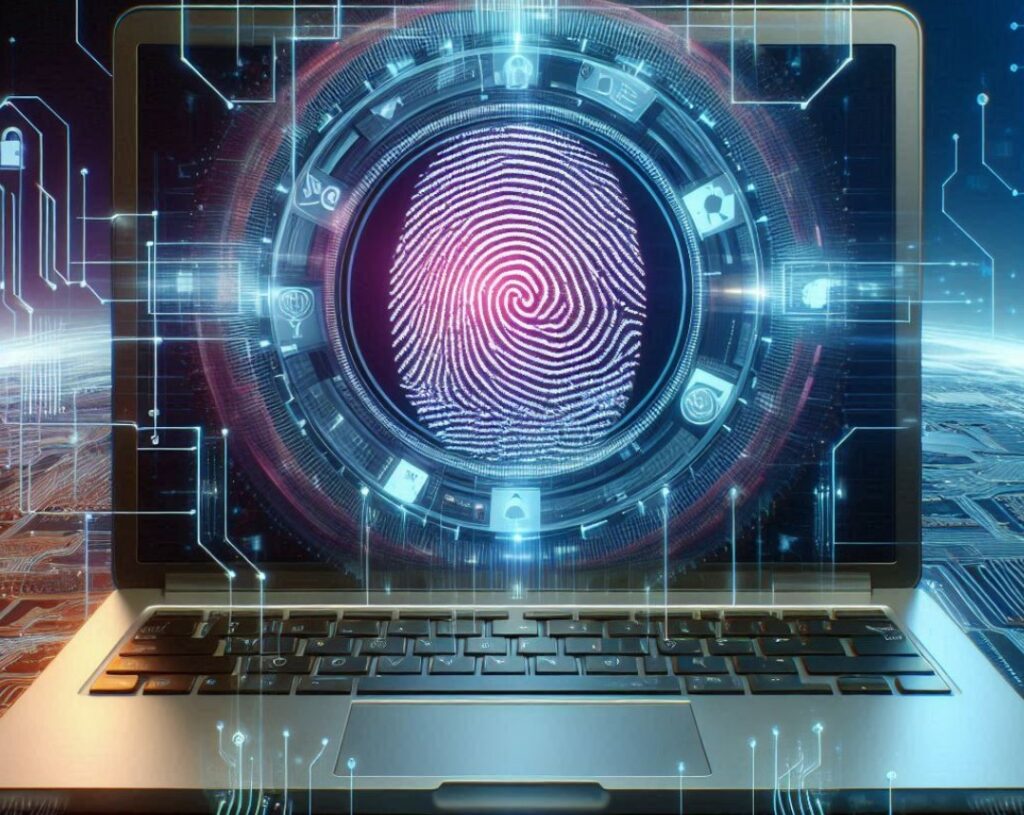
Redazione RHC : 14 November 2025 22:47
Two-factor authentication (2FA) , or more commonly, Multi-Factor Authentication (MFA) , is an effective solution for protecting our online accounts. With the rise of cyberattacks and identity theft, it’s crucial to adopt additional security measures beyond the traditional password. 2FA and MFA are terms used interchangeably and refer to an authentication process that requires two or more factors to verify a user’s identity.
In this article, we’ll explore what two-factor authentication is, how it works, and why it’s so important for protecting sensitive data. We’ll walk you through enabling MFA on some of the most popular services and social networks, and show you the best options for making your protection even stronger. We’ll also analyze the most common mistakes people make when implementing this technology and how to avoid them.
If you want to strengthen the security of your online accounts, read on: we’ll provide you with all the tools you need to get started right away!
Two-factor authentication (2FA) and multi-factor authentication (MFA) are terms often used interchangeably, but there are differences. Two-factor authentication specifically refers to a system that requires two methods of verification to access an account or service . These two factors typically involve something the user knows , such as a password, and something the user has , such as a device that generates a temporary passcode or an authenticator app. In other words, the user must provide two different pieces of evidence to confirm their identity.
On the other hand, multi-factor authentication (MFA) is a broader concept that includes two or more authentication factors. While 2FA is always a type of MFA, the latter can require more than two factors, also integrating other verification methods such as biometric authentication (fingerprint, facial recognition) or physical devices, such as hardware security keys . Therefore, while all 2FA systems are a type of MFA, not all MFA systems are limited to two factors.
Regardless of the terminological differences, both 2FA and MFA represent a significant advancement over traditional password-only protection . Both methods serve to make access to our accounts more secure and protect sensitive data from unauthorized access.
Enabling multi-factor authentication (MFA) is one of the most effective ways to protect your online accounts and sensitive data. Here are the main benefits of using MFA:
Enabling MFA is a crucial step in protecting yourself and your information online . With a little effort to set it up, you can ensure much stronger protection against digital risks.
Enabling multi-factor authentication (MFA) on your online accounts is one of the best ways to protect your personal information. Fortunately, many major social media and online services offer easy options for enabling MFA. In this section, we’ll look at how to enable it on some of the most popular platforms.
To enable MFA on Gmail, follow these steps:

To protect your Facebook account with MFA:

Instagram uses the same system as Facebook for MFA. To enable it:
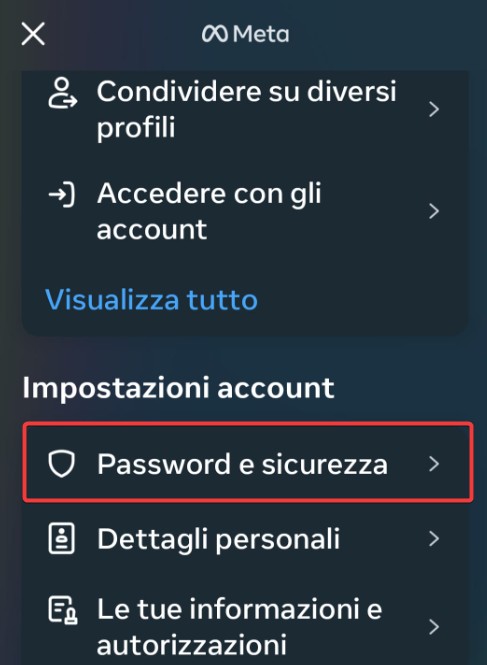
To enable MFA on Twitter:
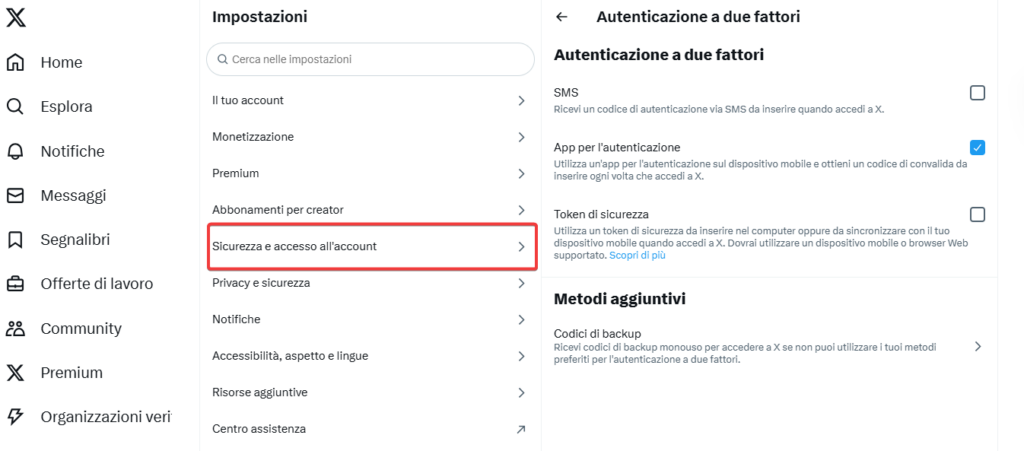
To add an extra layer of security to your Microsoft account:
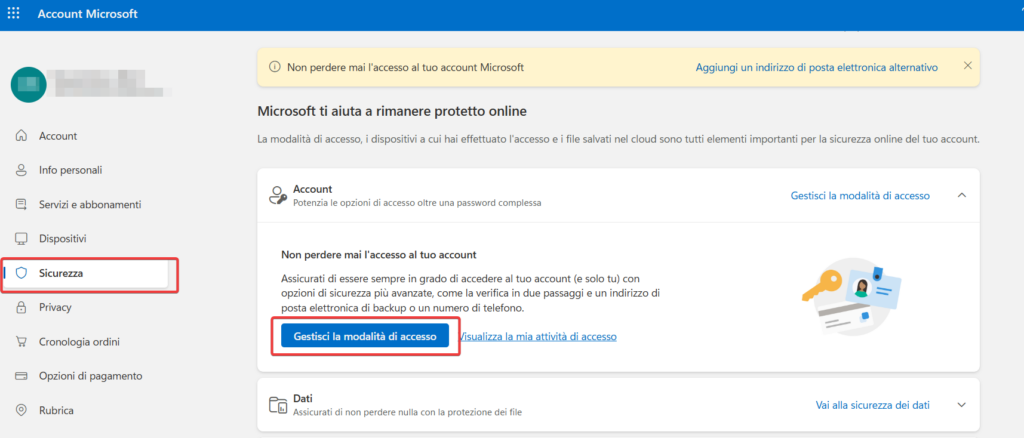
To enable MFA on Amazon:
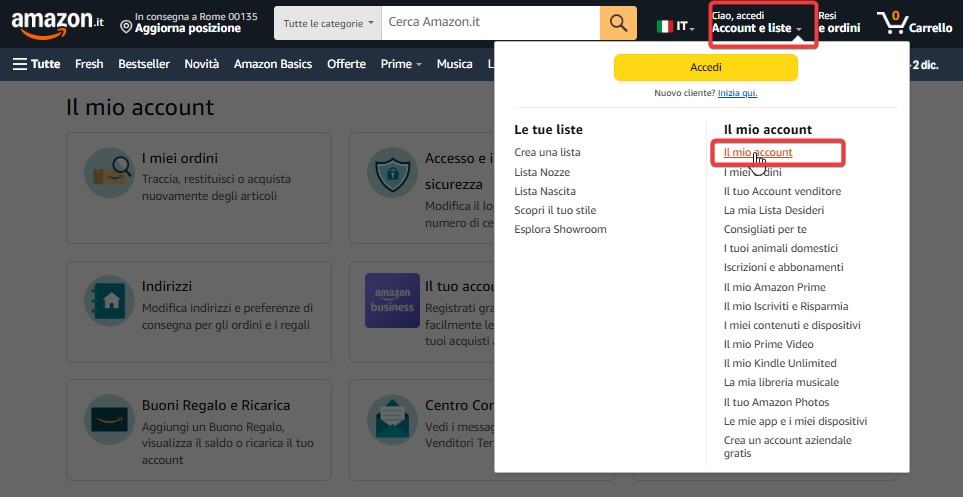
On Apple devices, MFA is built in to protect your Apple ID:
To add MFA to your LinkedIn account:
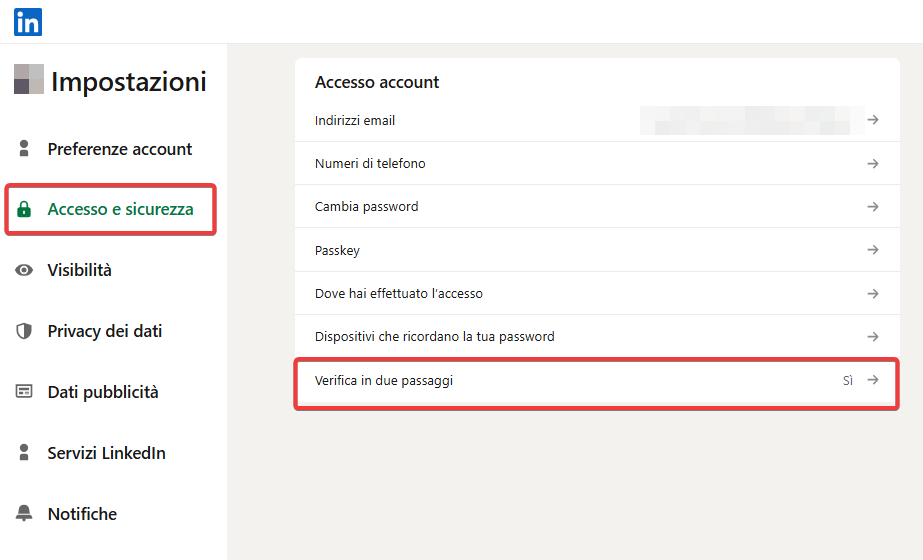
Multi-factor authentication (MFA) is just the first step in ensuring the security of your online accounts. In addition to configuring it correctly, it’s important to follow some practical tips to make the most of this protection. Here are some best practices for protecting your accounts with MFA.
While SMS is a common way to receive MFA codes, it’s not the most secure option. Text messages can be intercepted via SS7 or SIM swapping attacks. For added security, use an authenticator app like Google Authenticator, Authy, or Microsoft Authenticator. These apps generate temporary codes that are much more difficult to intercept than SMS.

Don’t limit yourself to enabling MFA only on social media. Protect all accounts containing sensitive information, such as your online banking, shopping platforms, email, and work applications. The more accounts you protect with MFA, the fewer opportunities hackers will have to access your personal information.
If the service you use offers the option to add a biometric authentication factor (such as fingerprint or facial recognition), take advantage of it. These methods are highly secure and convenient, as they combine something you are (biometrics) with other authentication factors, increasing protection.
Regularly review your online account activity. If you notice unrecognized logins or suspicious login attempts, immediately change your password and check your security settings. Many services offer email or SMS notifications when a login attempt is detected from an unusual device or location.
To avoid losing access to your accounts if your MFA device is lost or malfunctions, set up recovery methods such as an alternate email address or security question. Make sure these methods are secure and difficult to guess.
Strong passwords are essential for protecting your accounts, but it can be difficult to remember them all. Using a password manager allows you to securely store and manage your credentials without having to memorize them. Password managers will help you generate strong, unique passwords for each account, reducing the risk of compromising security.
In short, enabling MFA is essential protection, but to maximize the security of your accounts, you need to combine MFA with other practical measures, such as using a password manager and regularly reviewing your online activity. By following these tips, you’ll have a comprehensive approach to protecting your information and reducing the risk of identity theft.
Two-factor authentication, or more generally Multi-Factor Authentication (MFA), is one of the most effective methods for protecting your online accounts and personal data. MFA adds an essential layer of security that makes it much more difficult for attackers to access your information.
By using MFA, you can protect yourself from common attacks like phishing, credential theft, and SIM swapping. In addition to providing greater security, its implementation is simple and accessible to everyone, thanks to the numerous options available on major online services.
However, MFA isn’t a permanent solution. It must be part of a comprehensive security approach that includes using unique and strong passwords, a password manager to manage them, and regular account monitoring.
Ultimately, adopting MFA is a must-have for anyone who wants to protect their digital presence. Don’t wait for something bad to happen: activate MFA today and take the first step toward greater online security.
 Redazione
Redazione